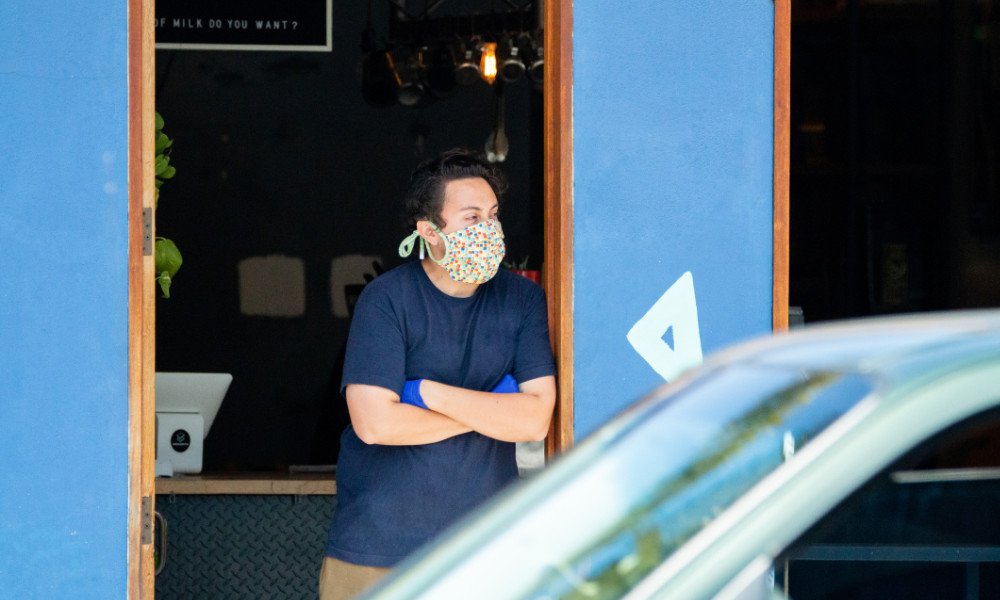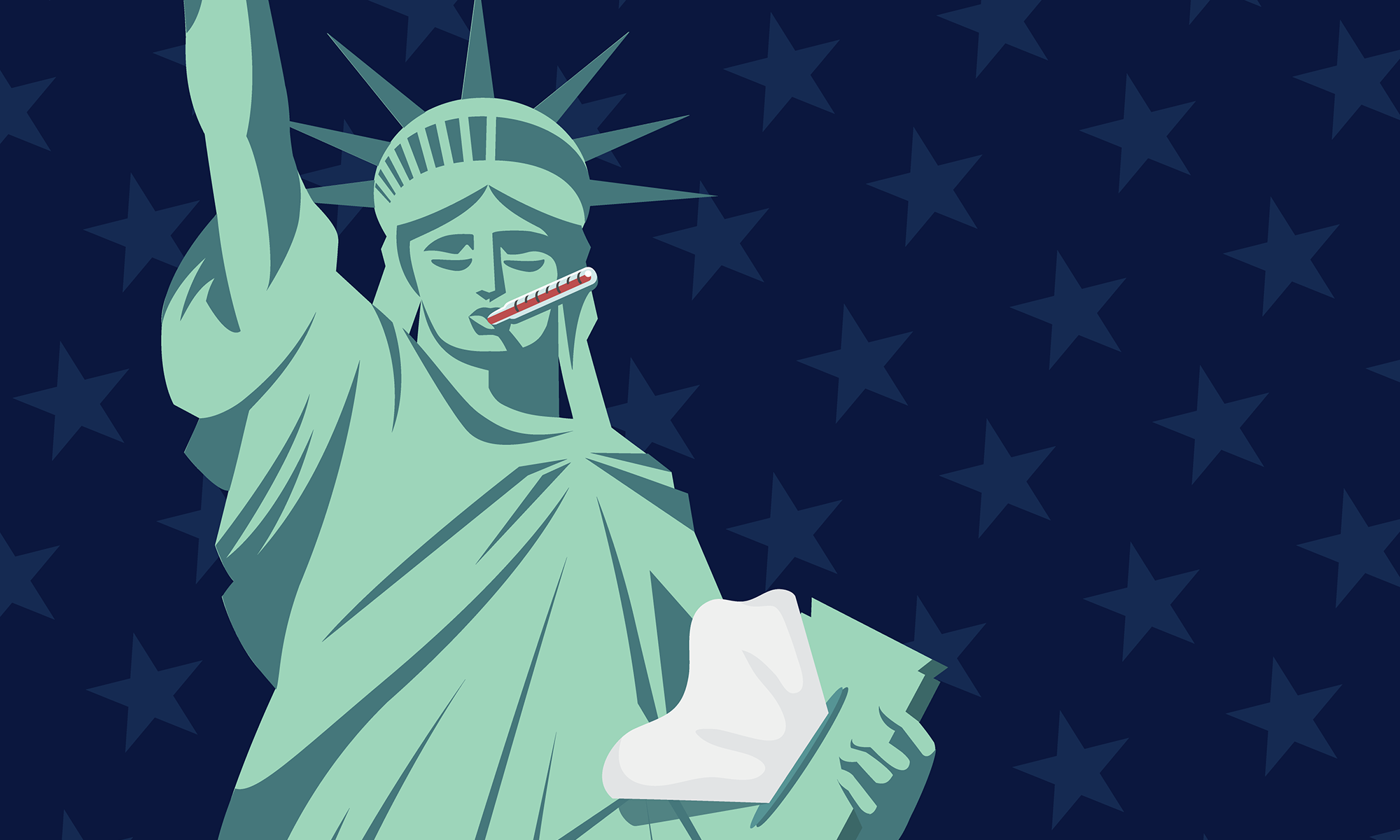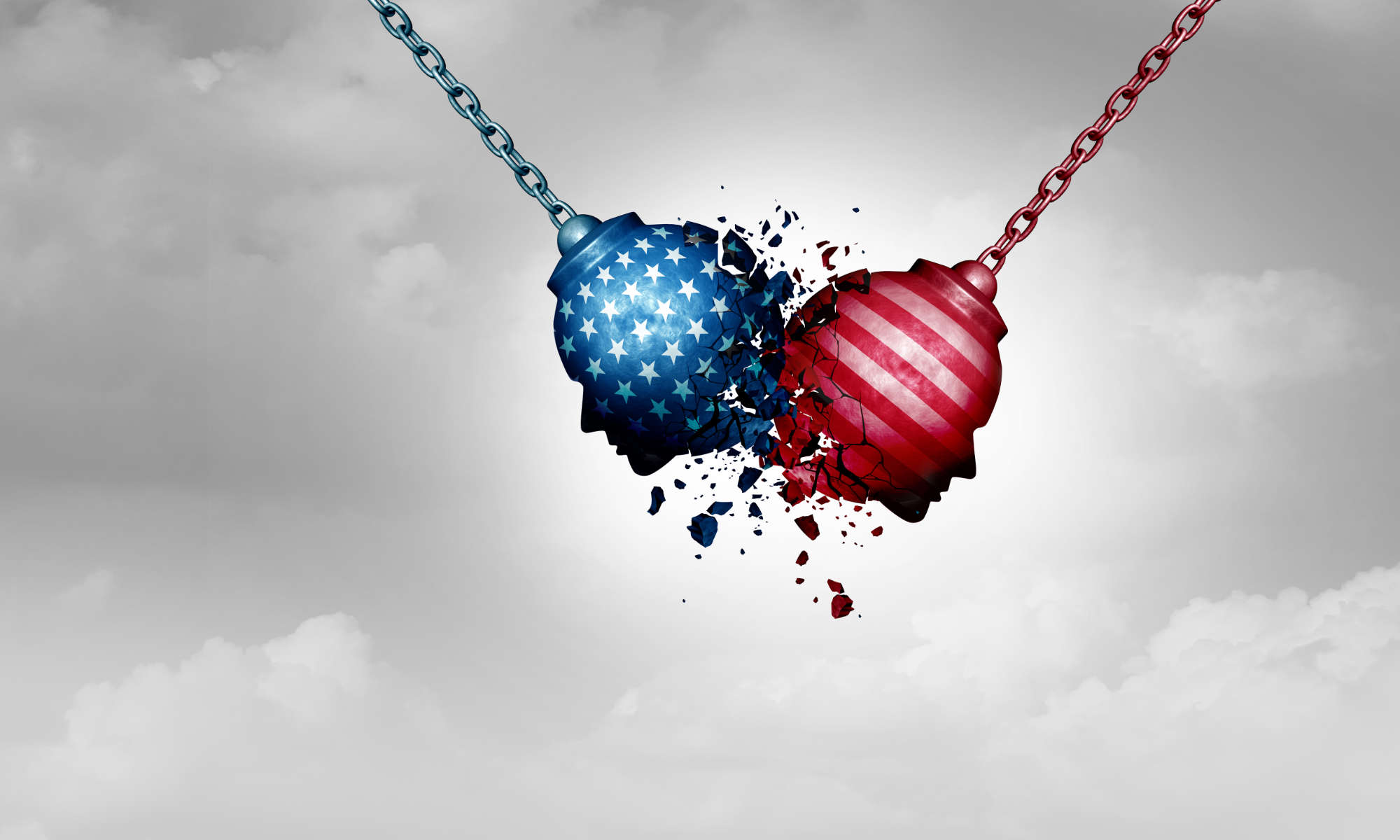A federal stimulus plan could make a difference at relatively little cost.
The COVID-19 pandemic is taking its toll on state and local government revenues. The Brookings Institution projects that revenues will decline $155 billion in 2020, $167 billion in 2021, and $145 billion in 2022. The amounts are even greater if fees to hospitals and higher education are taken into account.
“States generally get most of their revenue from income and sales taxes,” says Michael Wolkoff, a professor of economics at the University of Rochester. “Both of those revenue sources have been hit hard, and the way they’re dealing with it is by cutting back on assistance to local governments.”
The degree to which local governments are being affected varies from one jurisdiction to another. A town dependent on tourism will be harder hit than one filled with retirees, who are drawing down their savings, rather than being dependent on employment.
“Some jurisdictions will be impacted more severely than others,” says Wolkoff.
Hopes among state and local governments are running high that Congress will pass a stimulus plan early in 2021. Can you comment on the benefit of the federal government stepping in to help state and local governments at a time when its own revenue sources are down?
I’ve seen estimates of state and local revenue shortfalls in the range of $200 billion, which doesn’t include the increased costs of dealing with COVID. Federal borrowing costs are currently quite low, so severe dislocations could be averted at a relatively small cost.
What are the implications for state and local governments given the resurgence of COVID-19 this fall?
The implications vary, depending on the degree that jurisdictions ever emerged from the reduction in economic activity during the first wave of the virus. Those worst off will likely have to borrow money and then decide which obligations to pay right away and which to put off for the future. Bondholders have an immediate lien on the locality. If revenue sources dry up and the bondholders take a hit, it’s possible the locality can go into bankruptcy.
Should municipalities consider short-term or long-term borrowing?
Both are appropriate, depending on the purpose of the borrowing. Let’s say property taxes—the primary source of a municipality’s revenues—are paid four times a year, but its expenses are spread out monthly. It is not uncommon to short-term borrow in anticipation of that revenue because there’s a high degree of certainty the revenue will show up. On the other hand, if the municipality is trying to build a road, bridge, or school building—creating something that will deliver services for the next 30 years—it only makes sense to pay back the loan over 30 years so that the people paying back the loan are also the ones benefiting from the facility.
What can municipalities do to protect themselves from future crises?
Rainy day funds make sense, as long as the monies aren’t tapped simply because it’s politically easier than raising taxes.
In the beginning of the pandemic, we were optimistic that things would come back because all the components that made the economy healthy would still be in place; people wouldn’t forget how to do the jobs they were doing, machines wouldn’t go rusty. So we’d be able to get back on track pretty quickly. But the virus kept spreading and we haven’t been able to return to work so quickly. This is an unusually severe event.
Read more
 Debt relief programs have big return on investment during COVID-19 pandemic
Debt relief programs have big return on investment during COVID-19 pandemicA Rochester economist says the conflict between health priorities and economic policies can create spiraling crises in emerging market nations.
 What will it take to restore the economy after COVID-19?
What will it take to restore the economy after COVID-19?Narayana Kocherlakota, the Lionel W. McKenzie Professor of Economics, says the prospects for economic recovery depend on how effectively we can combat COVID-19.
 Reopening the country will do little to restore the US economy
Reopening the country will do little to restore the US economyRochester economist Lisa Kahn says multiple factors—not just stay-at-home orders—combined to generate the recent collapse in the labor market.




